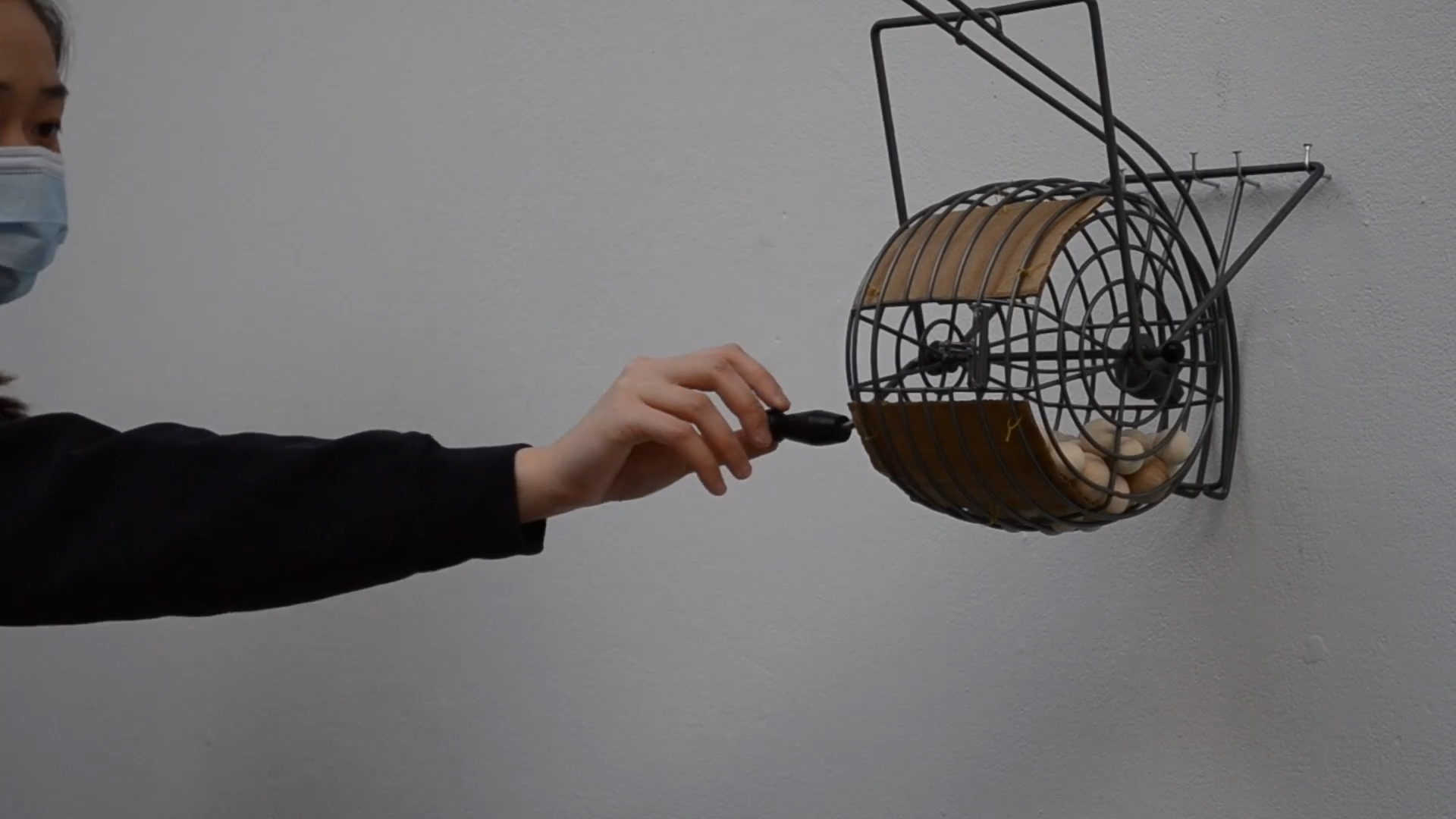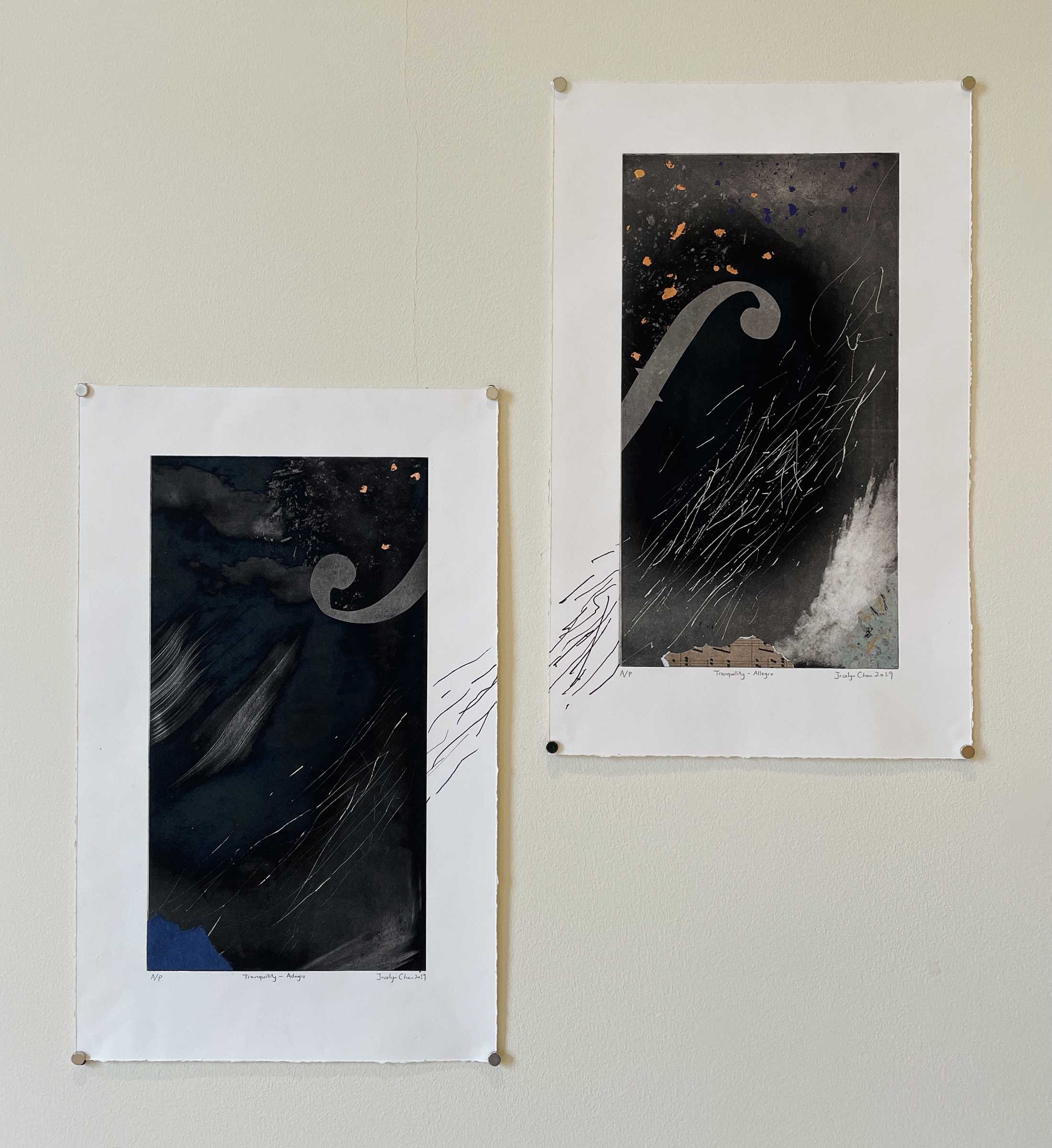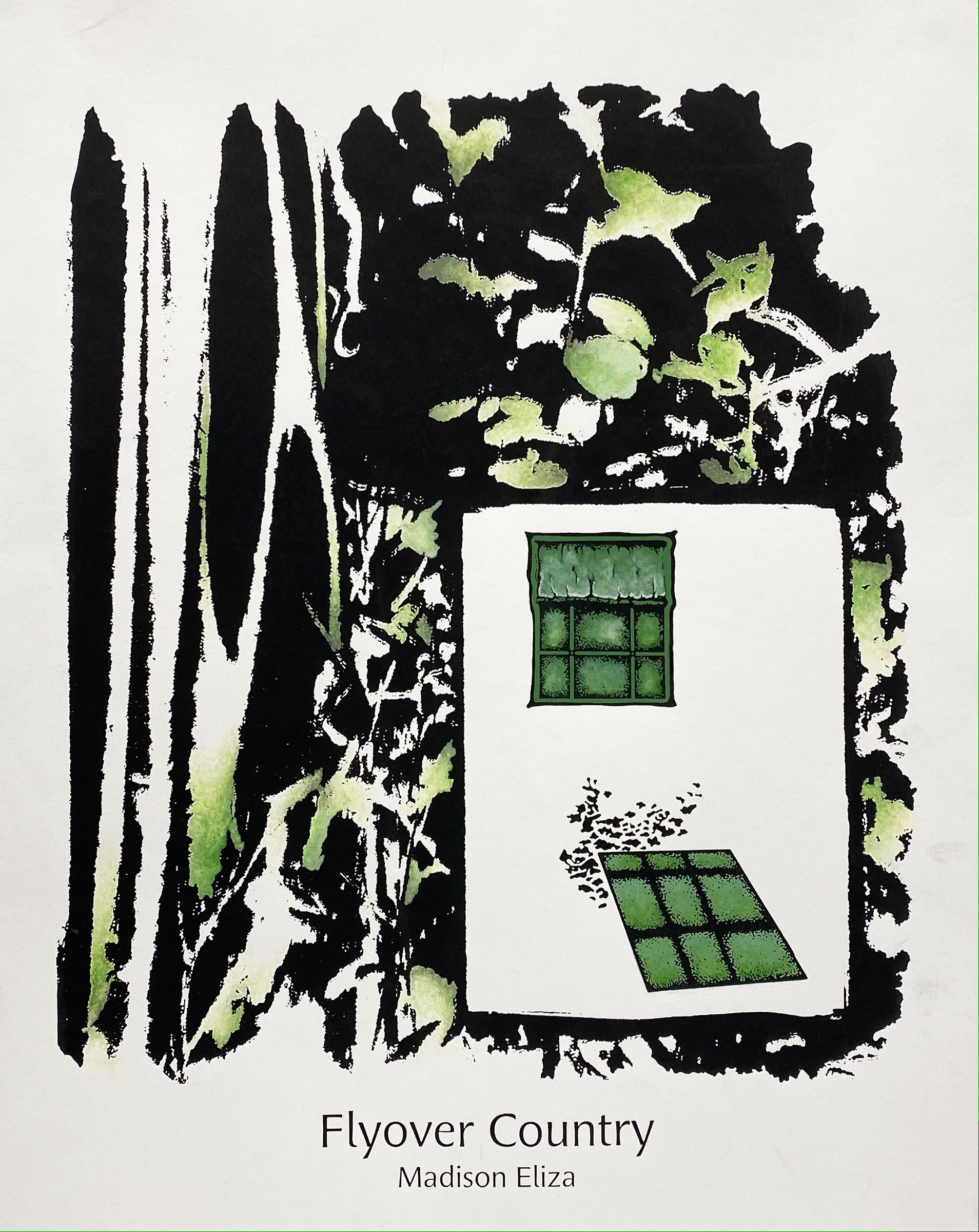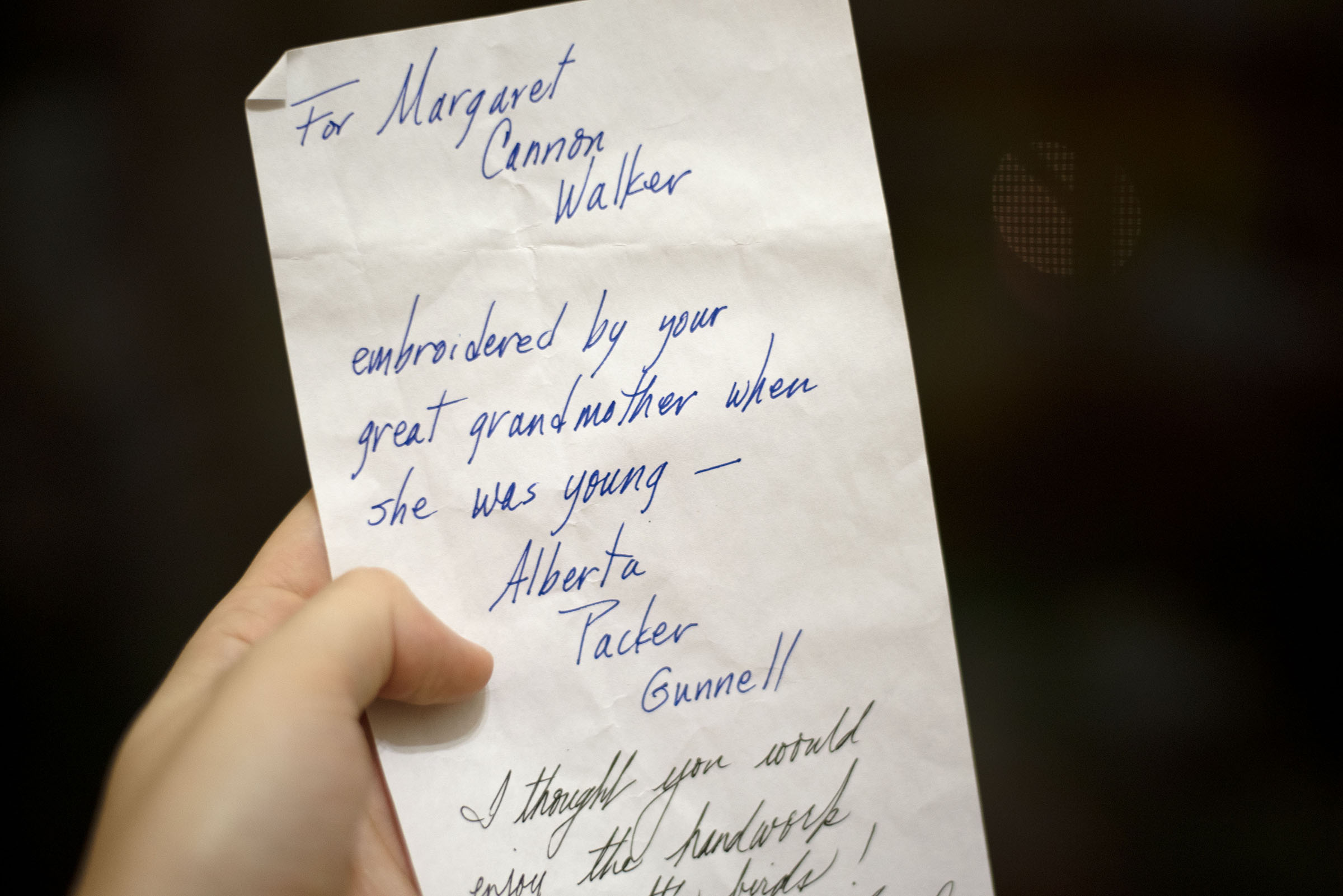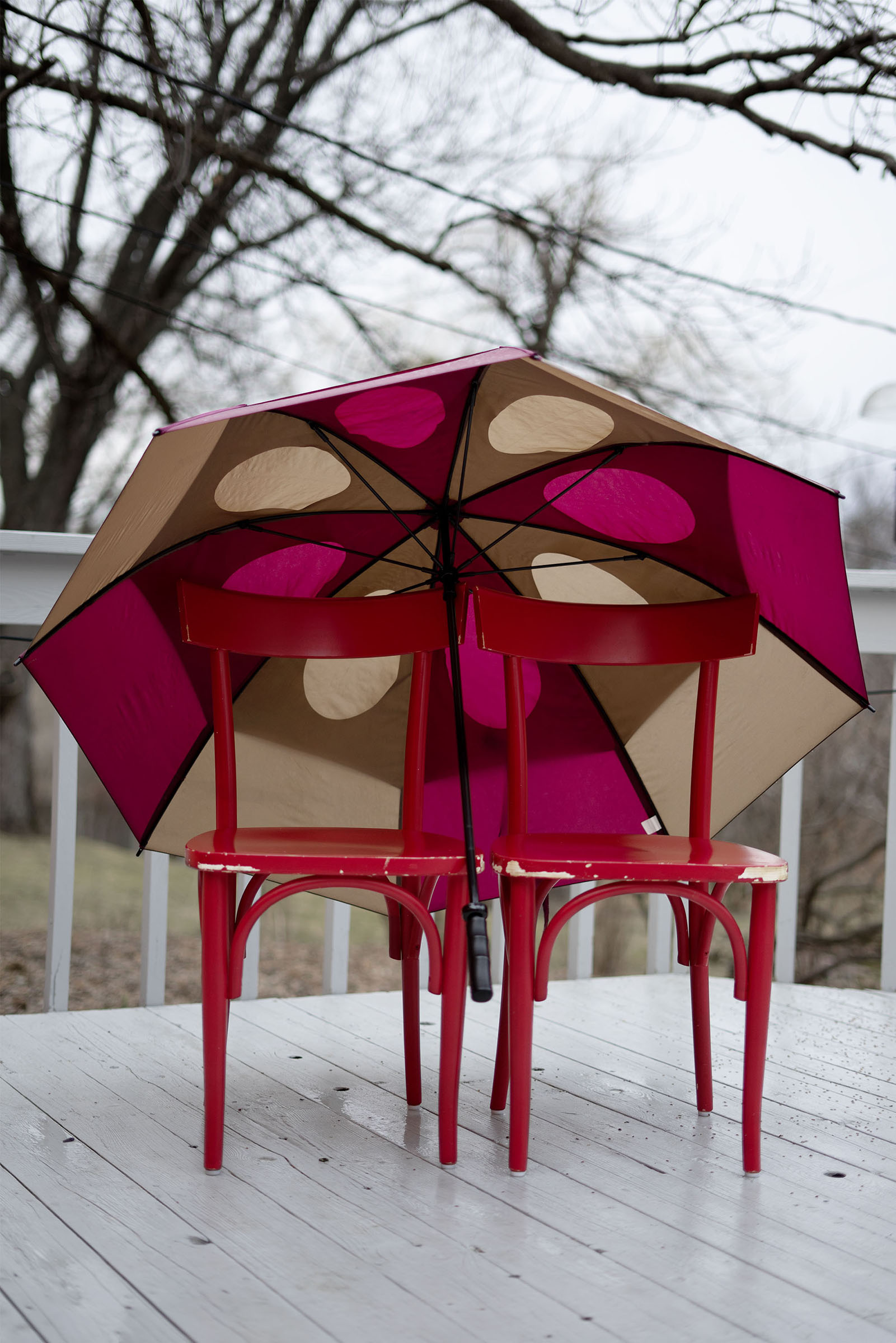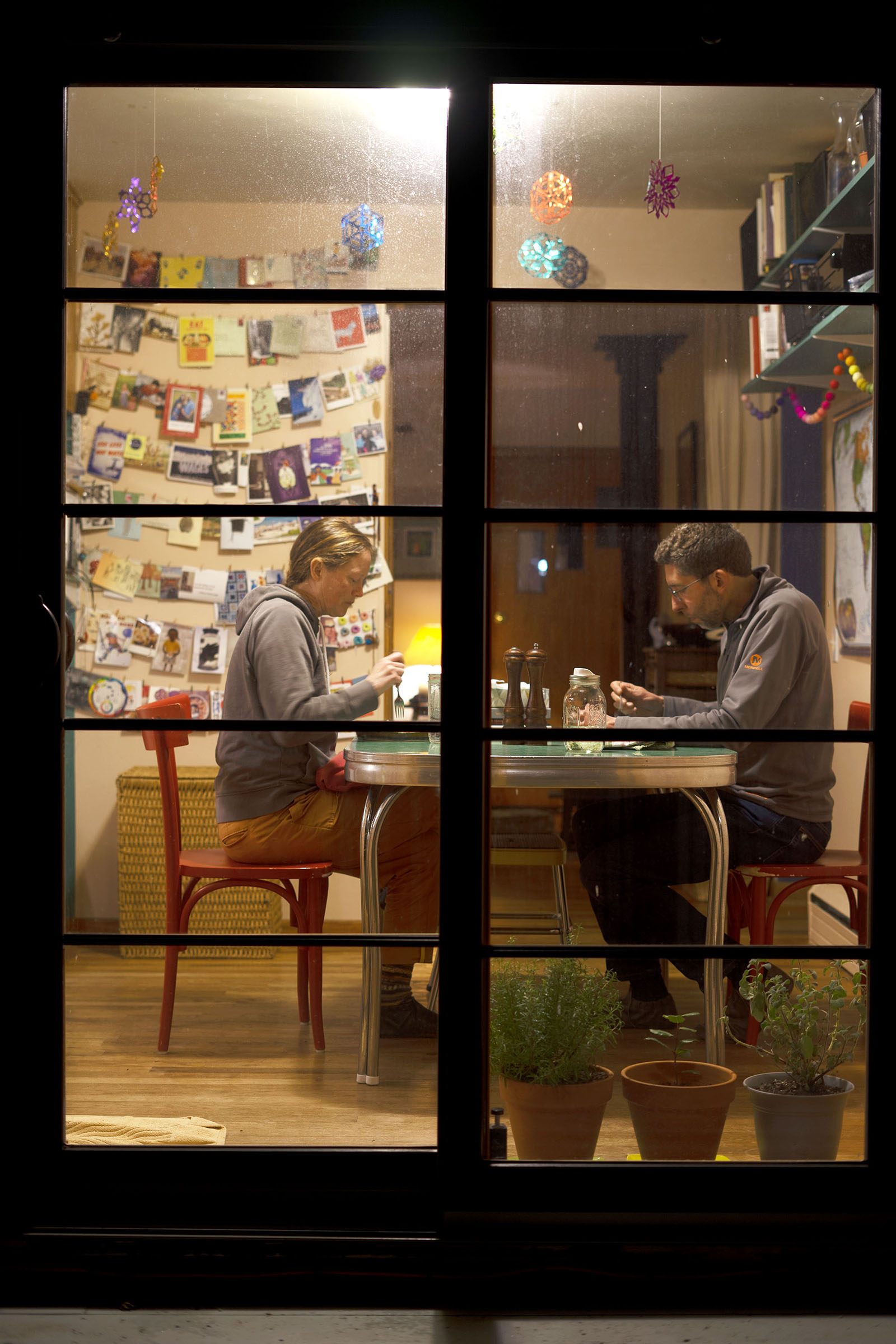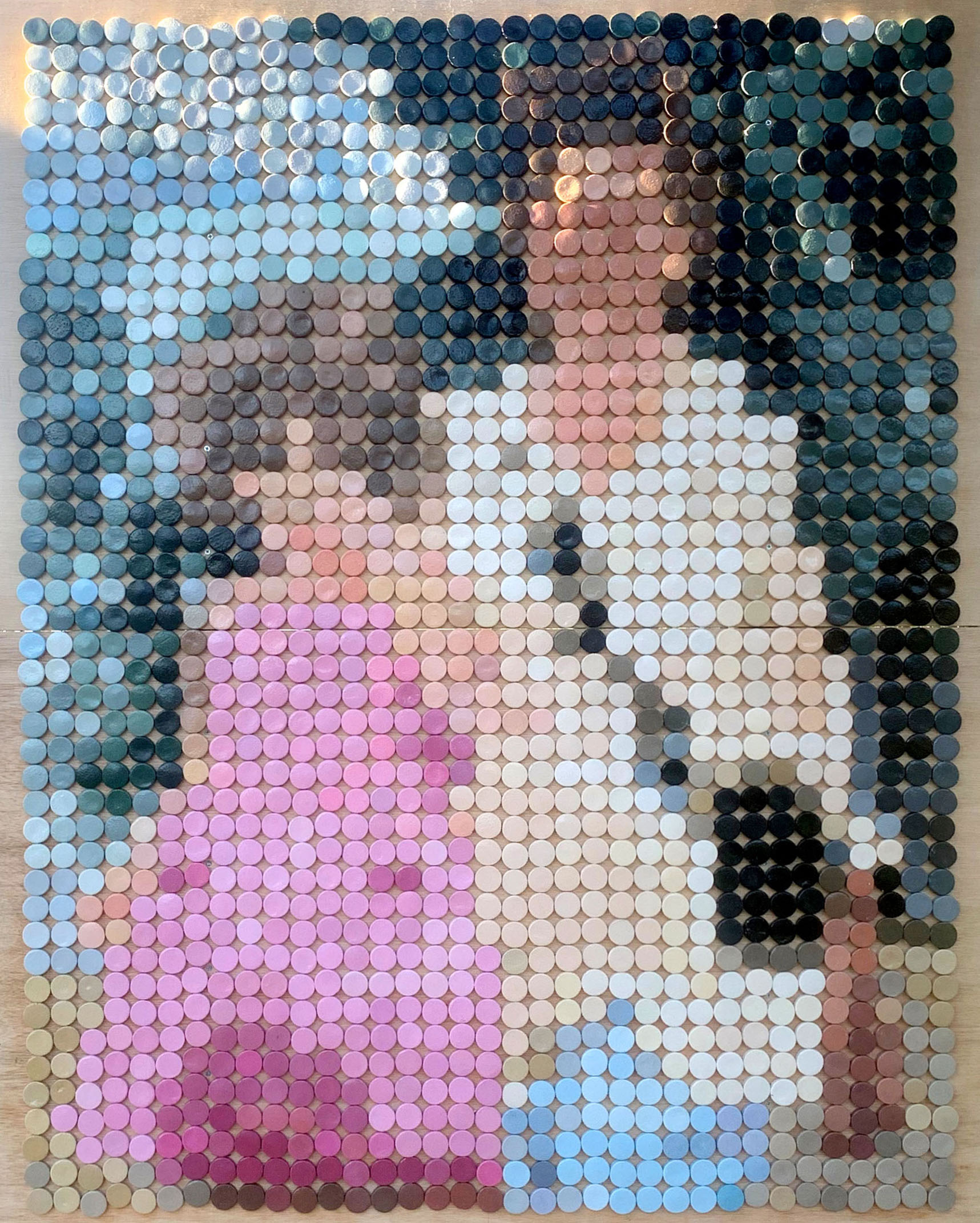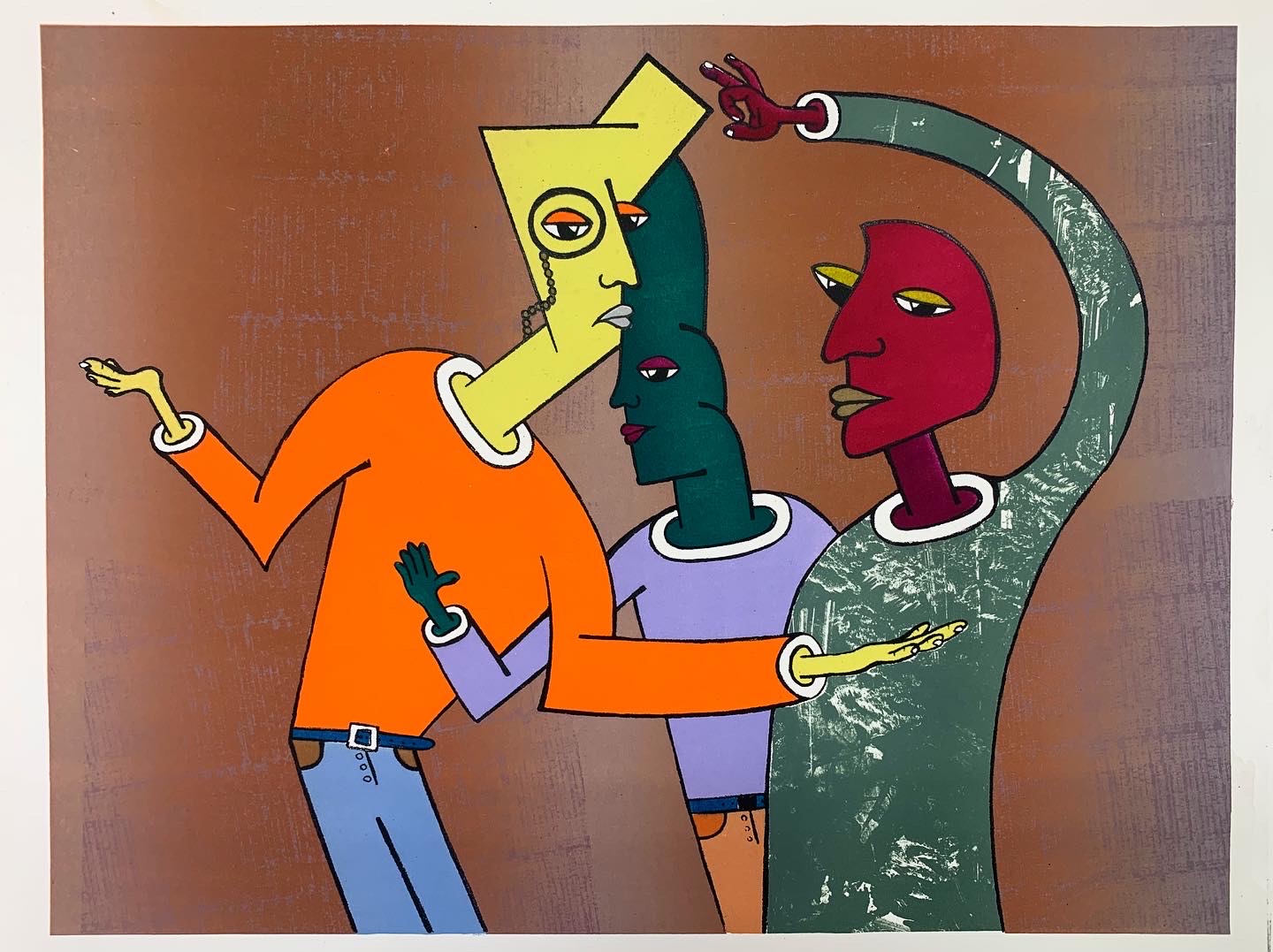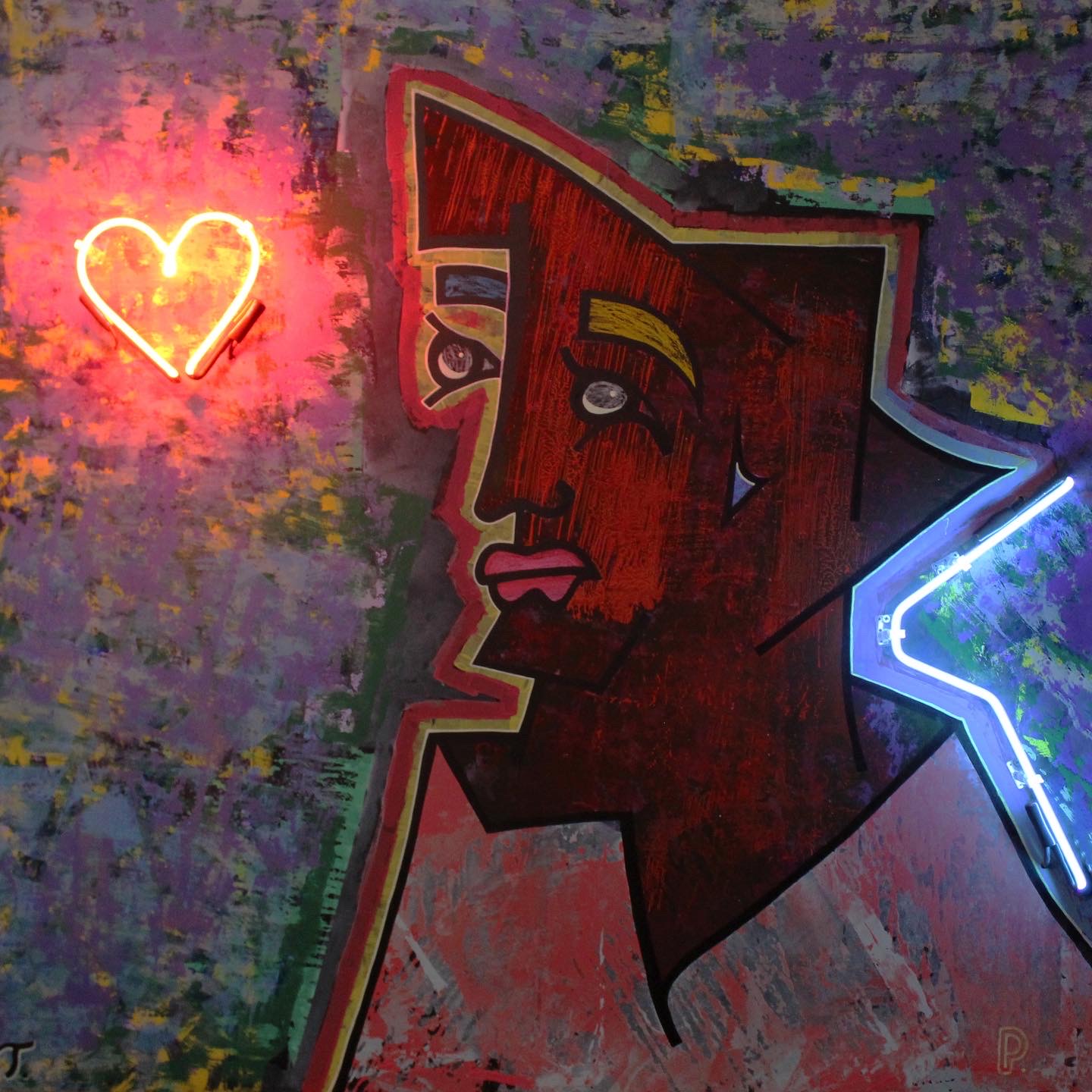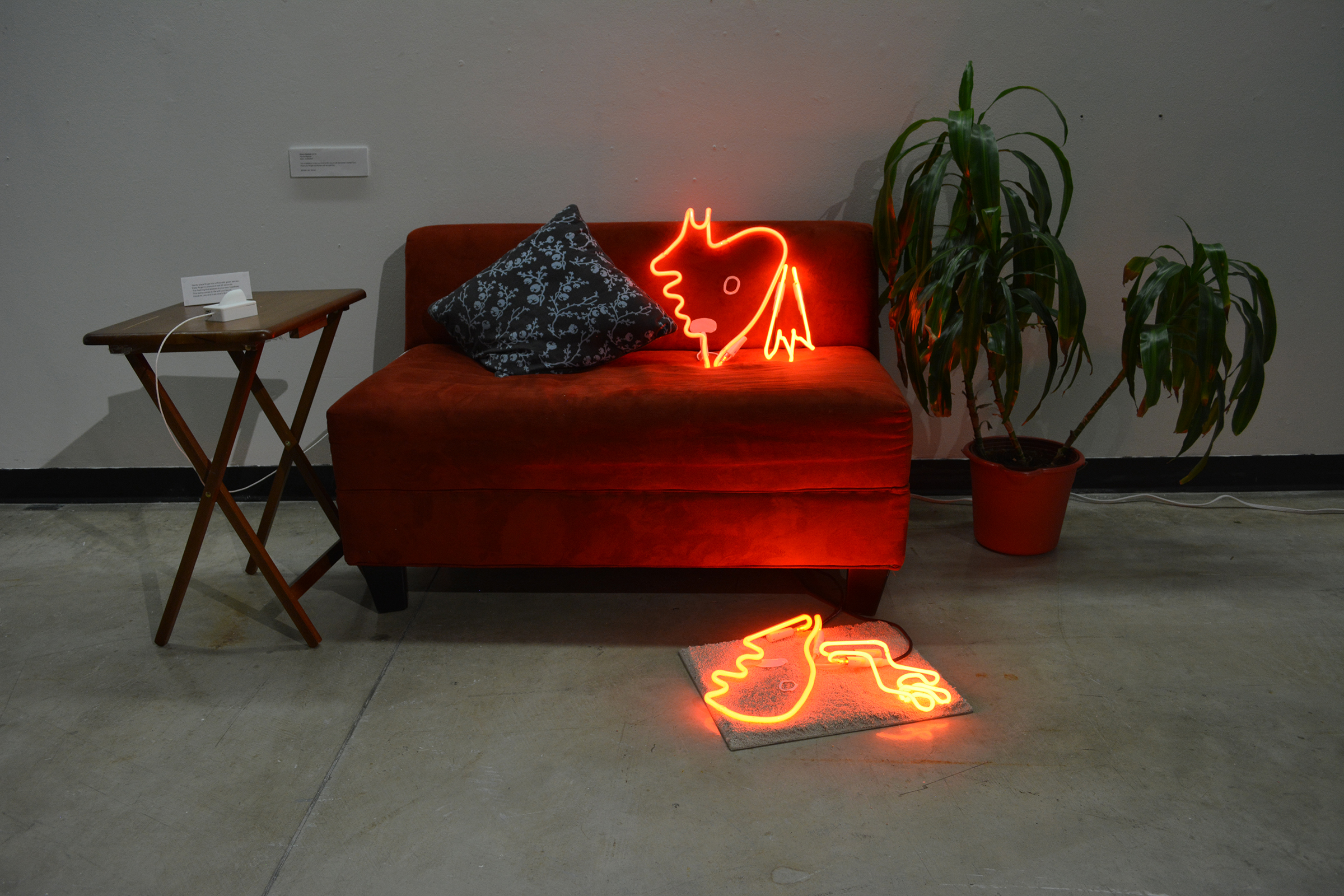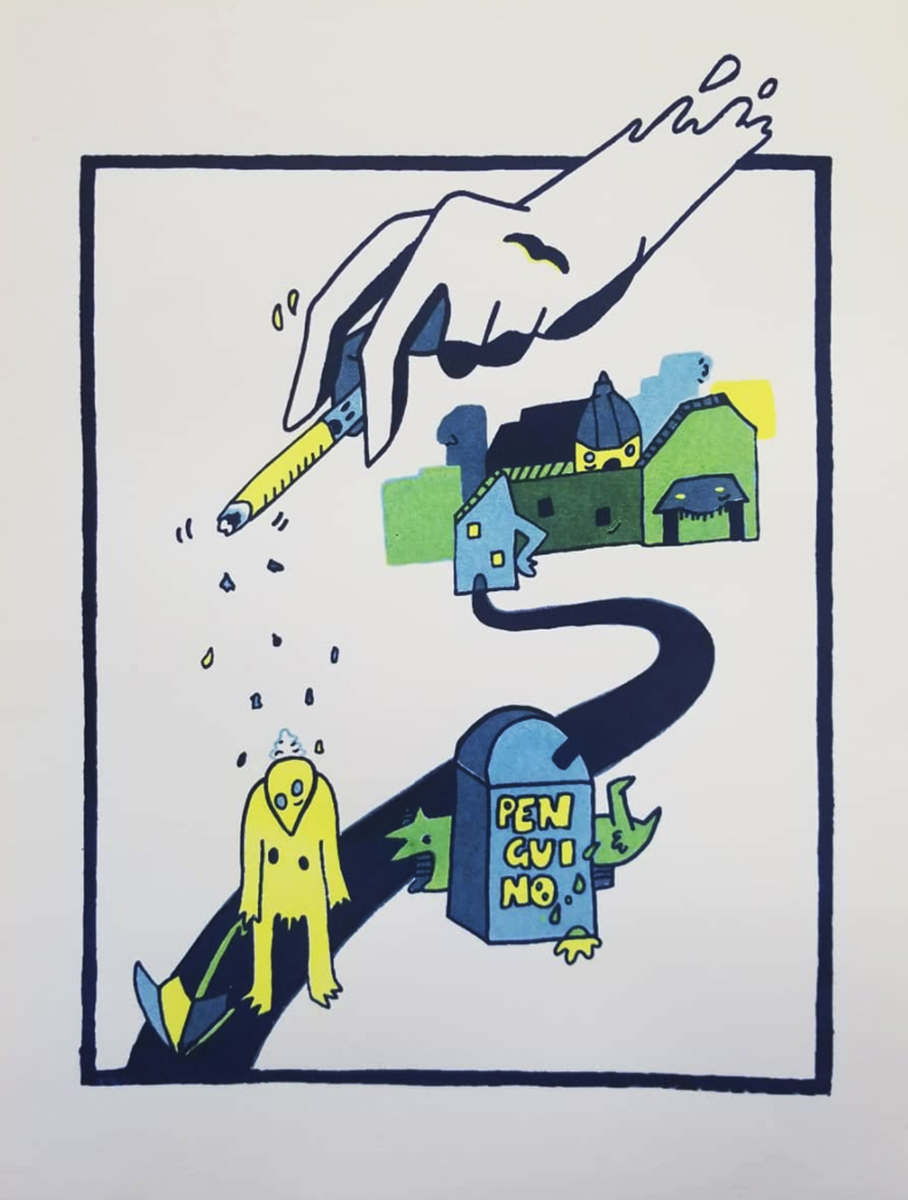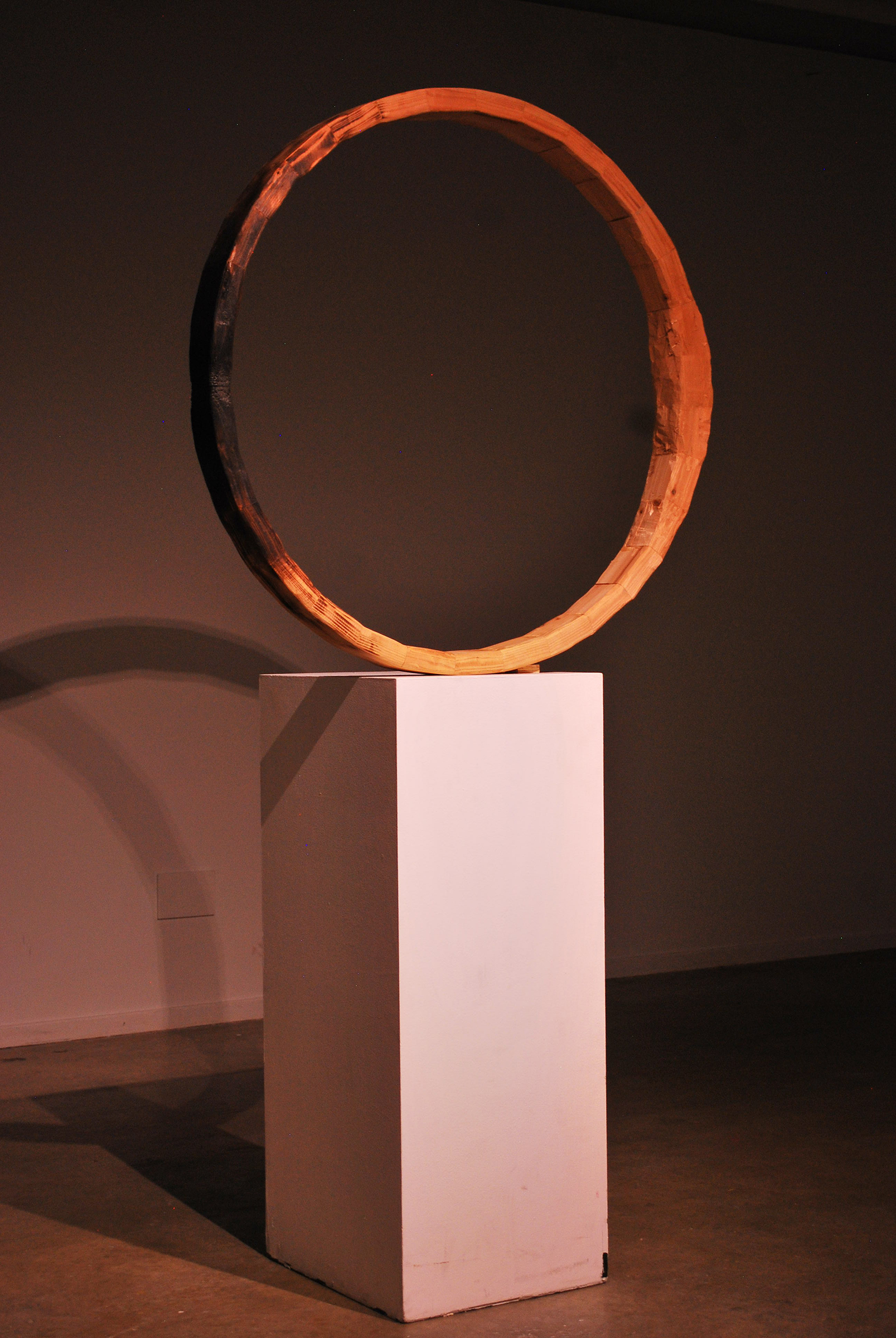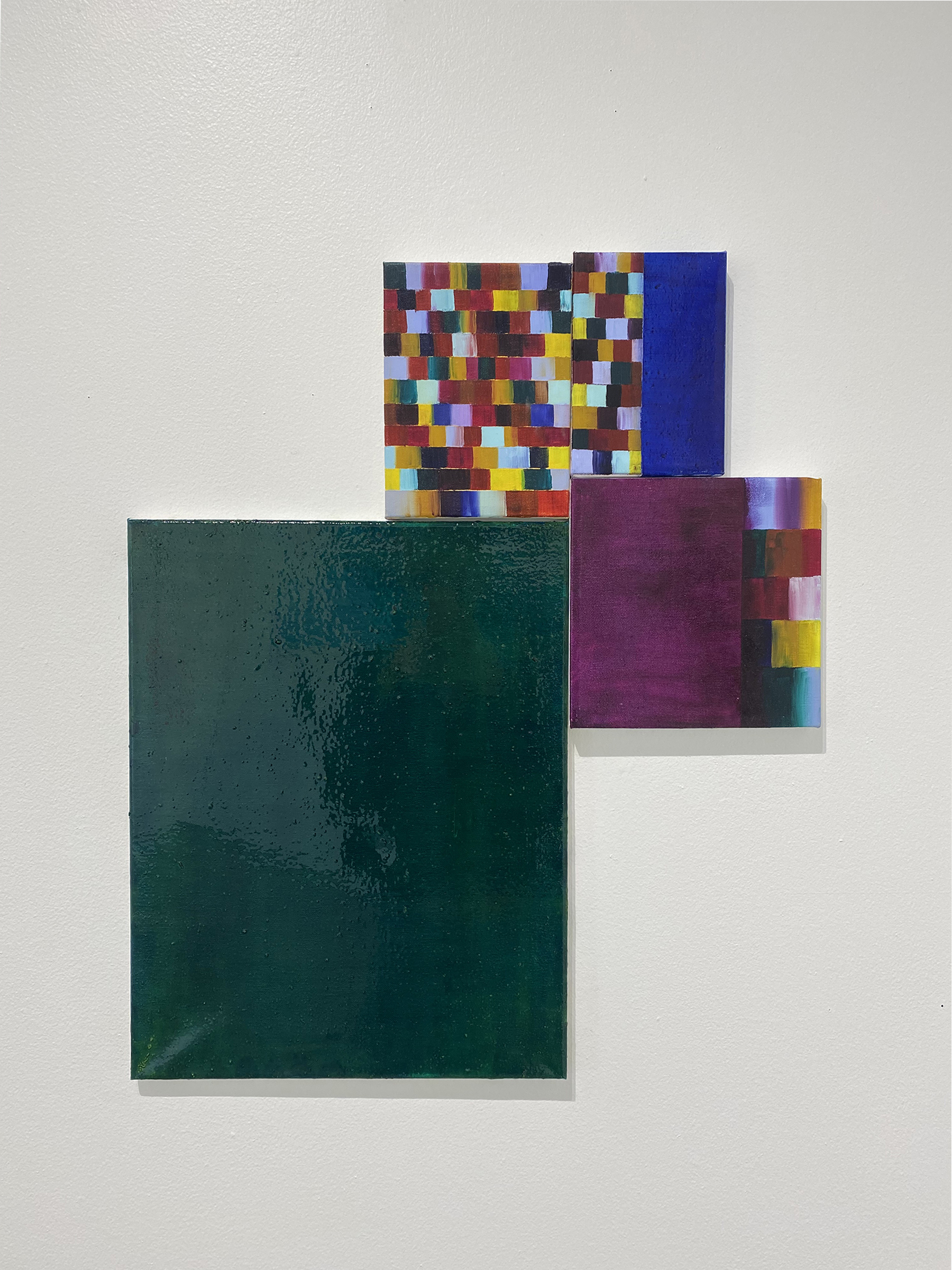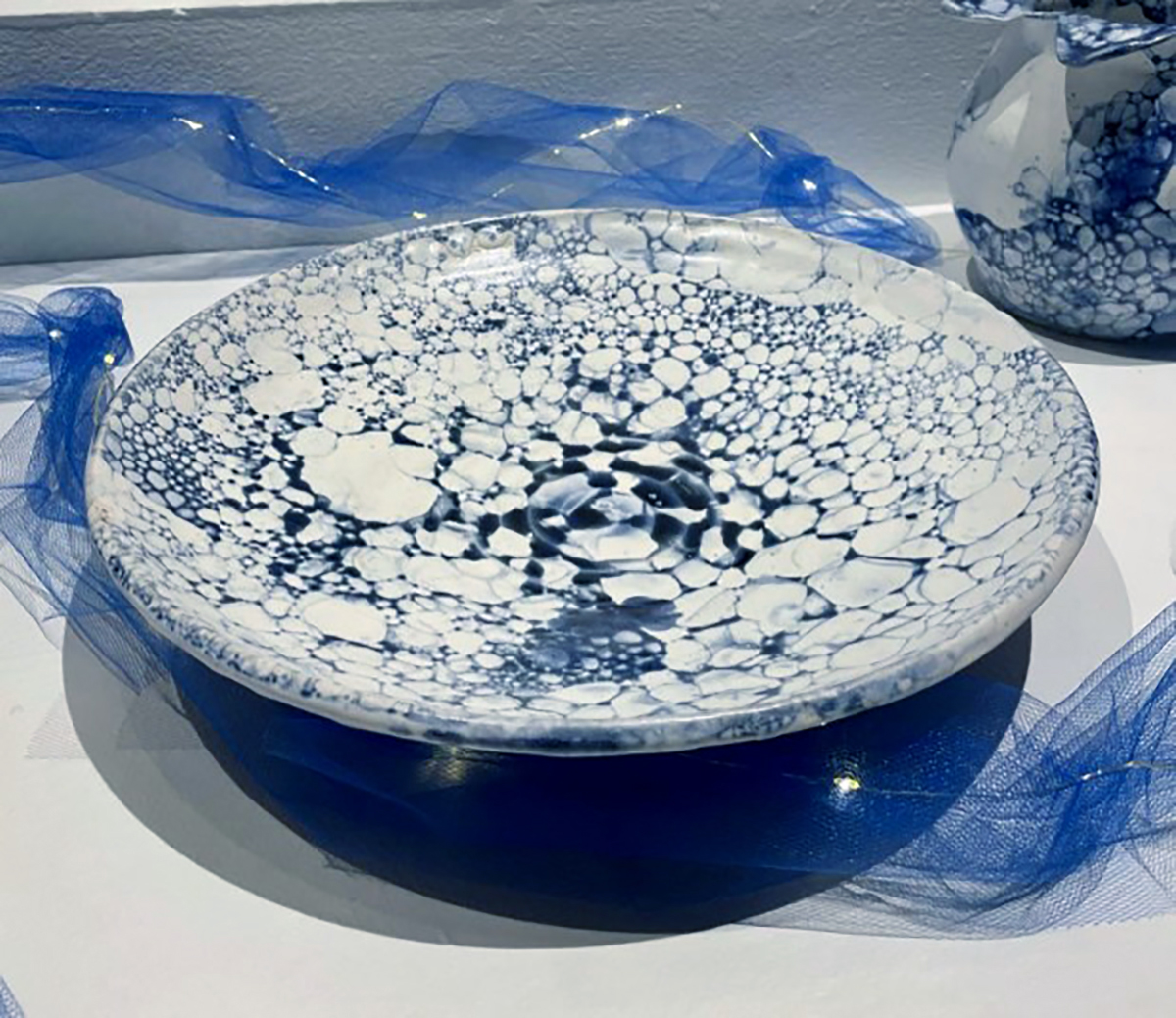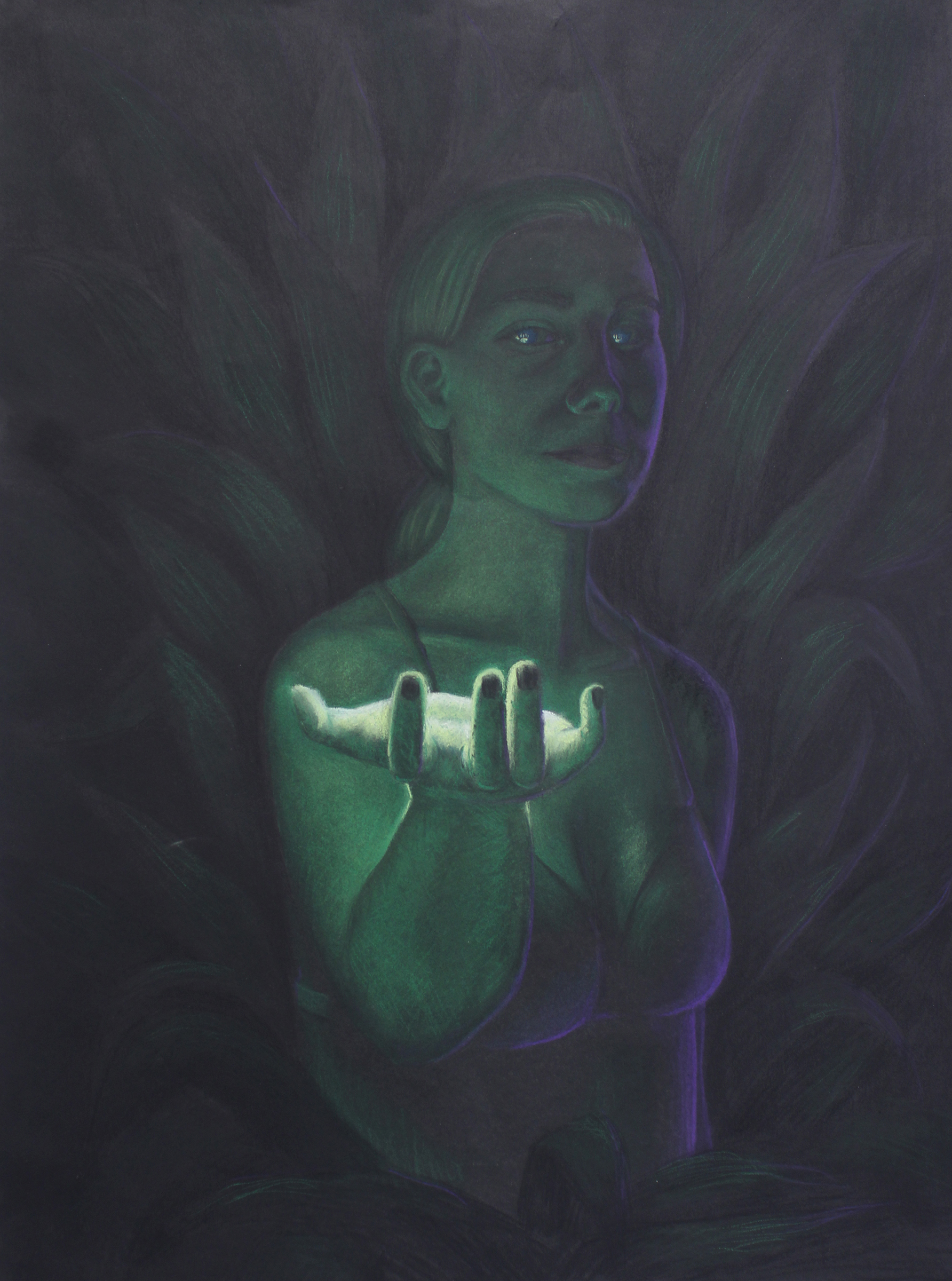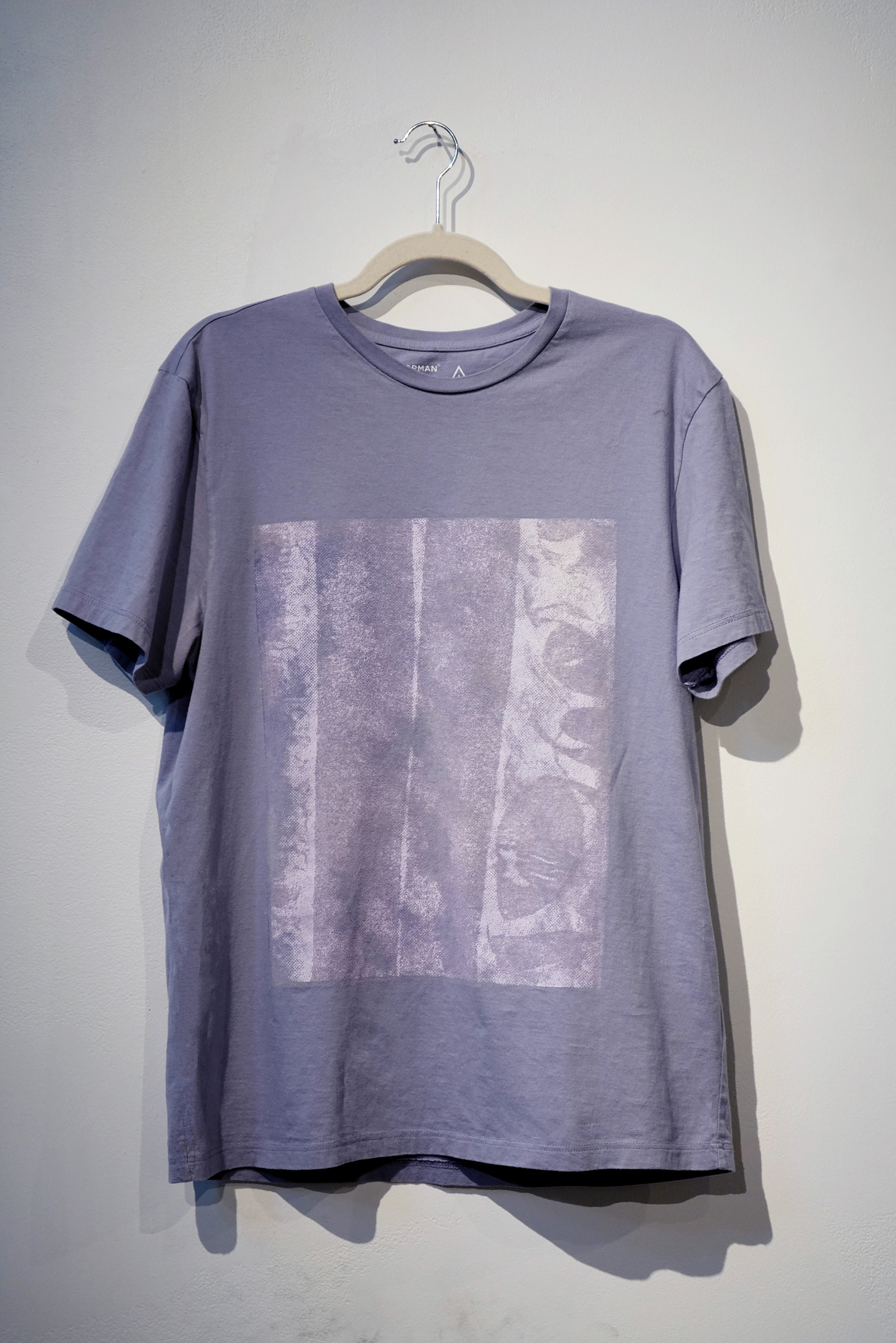Requiring a number of studio and aesthetic courses in preparation for their careers as professional artists and/or for graduate study, the BFA program provides students the opportunity to specialize in areas such as ceramics, drawing, glass and neon, graphic design, papermaking, performance, photography, and more, harnessing and nurturing their creative energies to develop the critical and artistic skills needed to excel in contemporary multidisciplinary practices leading to influential and rewarding careers in art and design.
Jocelyn Chan
Noah Laroia-Nguyen
Brittany Waldinger
My works regarding human nature focus beyond the physical form. They capture the tension of emotions and moments, while allowing time to sit and digest these bare snapshots and find hidden meanings in each piece. The pieces I create explore these moments through gesture, stripping away from the physical identity of facial expression and verbal communication.
Madison Eliza
Margaret Cannon Walker
Juan Antonio Torres
Paulina Eguino
In both my illustrative and glass working processes, I enjoy working in physical layers. This layering of themes, materials, and visuals all operating together to fabricate one dynamic story or image.
Nicholas Christensen
Hedi Ma
Melissa Paterson
Lexie Olson
Kennedy McCarthy
As an artist, I have found a way to bring these same feelings of happiness and dependability to others through my ceramics. Simplicity is important in both my surfaces and forms. I want small moments such as the way the mug fits into your hand or that distinct way the glazes interact in a certain spot to be what makes each object stand out. While my work can stand on its own as objects, their true beauty and worth lies in their purpose and who uses them.
Meghan Draheim
I have always been intrigued by the complexities of pain when making art. Drawn to something so universal yet so hidden. I tend to express themes of grief, heartbreak, trauma, and loss through recording what is happening or has happened in my life. As a result I often work across creative modalities, engaging with video, photography, painting, poetry, and printmaking, along with experimenting often in new fields. For me, the inspiration to create always comes in the form of lived emotion, an old memory, or recalled trauma; thus a multifaceted approach to making becomes that of a toolbox, in which I can pick and choose from in an attempt to mimic human existence, and the plight of it all.
When I create, I am speaking to those who need to see themselves in other’s shoes, and asking them to sit with the uncomfortable intensity that is pain, sympathize with it, come to understand it, maybe even let it in gently when it calls to them someday. I create for those who have already felt it, already known the sting of its touch; so that they may feel even a little understood, a little less alone.”



